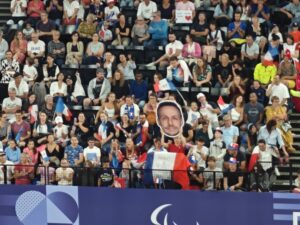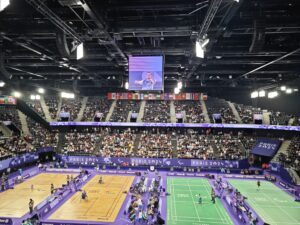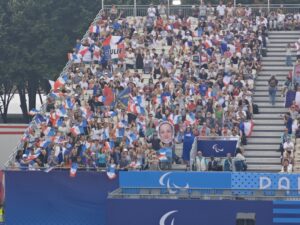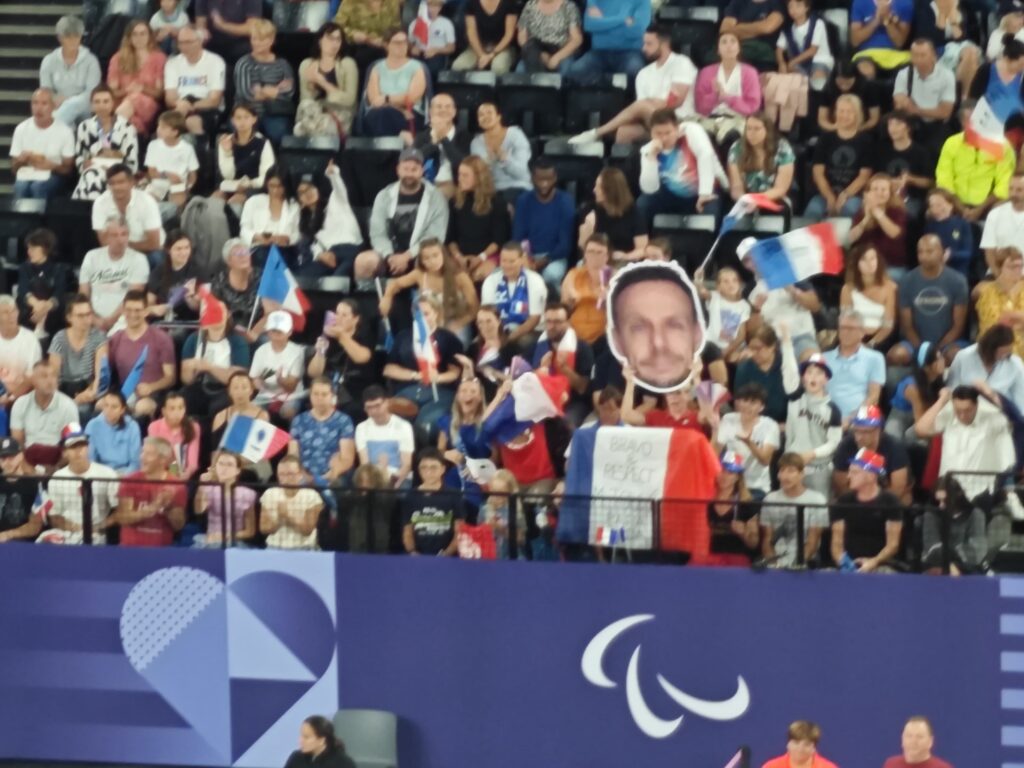
Porte de la Chapelle serves as the badminton venue for the Paris 2024 Olympics and Paralympics. During the Olympic Games, the arena was alive with the sound of Indians passionately chanting “India, India” and urging on athletes like Sindhu, SatChi, and Lakshya.
It was a fitting tribute to our sporting heroes, who deserved every bit of the support, fanfare and accolades. But as I stood in that same venue during the Paralympics, I couldn’t help but wonder: What about Suhas Yathiraj? What about Krishna Nagar? What about Nithya Sree? Aren’t they our athletes too? Is the Olympics inherently more important than the Paralympics? Is it the tournament itself that lacks recognition, or is it an issue unique to India?
These questions have haunted me ever since I heard that most of the Indian media wouldn’t be covering the Paralympics. The answer became glaringly obvious as I watched events unfold at the badminton venue.
While covering Indian badminton players at Porte de la Chapelle, I realised that this disparity in support is, unfortunately, an Indian phenomenon. In other countries, Paralympians receive the same enthusiastic backing as their Olympic counterparts. During a match between France’s David Toupe and Germany’s Thomas Wandschneider, the stadium erupted in cheers every time Toupe scored a point. Fans held a flag dedicated to him and even carried his cutout. Initially, I assumed this was because he was playing on home turf, making it easier for his fans to attend.

But my assumption was quickly shattered. When Brazil’s Viktor Tavares faced Great Britain’s Jack Shephard, the noise level in the stadium soared past 90 decibels, prompting my smartwatch to warn me about the “loud environment.” Tavares and Shephard, buoyed by their supporters, acknowledged the cheers after every successful rally. Meanwhile, on the adjacent court, India’s Sivarajan Solaimalai was leaping, diving, and giving his all — only to be urged on by a mere five supporters. In the thunderous roars from other countries’ fans, our cheers were drowned out, and with them, the spirits of our athletes, when they found themselves on the back foot.

Is this disparity in support limited to badminton? Absolutely not. The following day, while covering archery for Sheetal Devi and Sarita, I witnessed a similar scene. Just 7-8 Indians cheered for our archers, while other countries had rows of supporters waving flags, holding cutouts, stomping their feet, and clapping to motivate their athletes.

The irony was even more striking when the global media and supporters from other nations began cheering for Sheetal. They were eager to know more about her, showing immense respect and admiration, while the Indian presence in the stands remained sparse. This global recognition only underscored the lack of support from her own country, making the silence from Indian fans even more deafening.
Why is it that in India, when we speak of medals, we refer almost exclusively to those won at the Olympics, ignoring the achievements of our Paralympians? Why do we so easily tweet about equality and inclusivity, yet fail so profoundly in practising it? Inclusivity isn’t just about creating accessible spaces; that’s only part of the equation.
True inclusivity means making our hearts and our cheers accessible to our Paralympians as well. It’s about ensuring that they feel the same pride, support, and recognition that we so readily offer to others. If we aspire to become a top sporting nation, we must expand our understanding of inclusivity to include unwavering support for all our athletes, no matter the stage.





